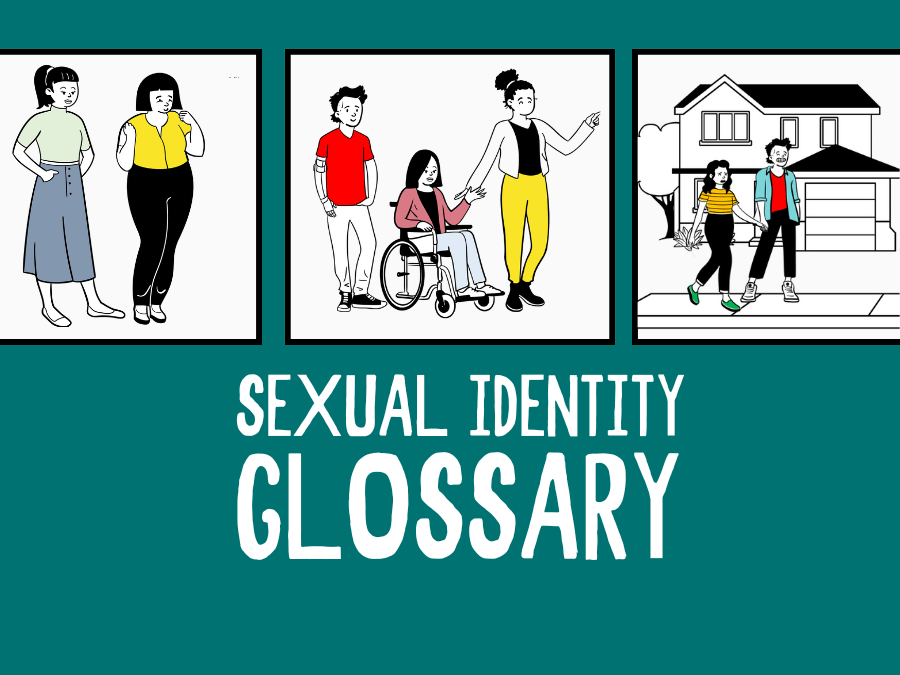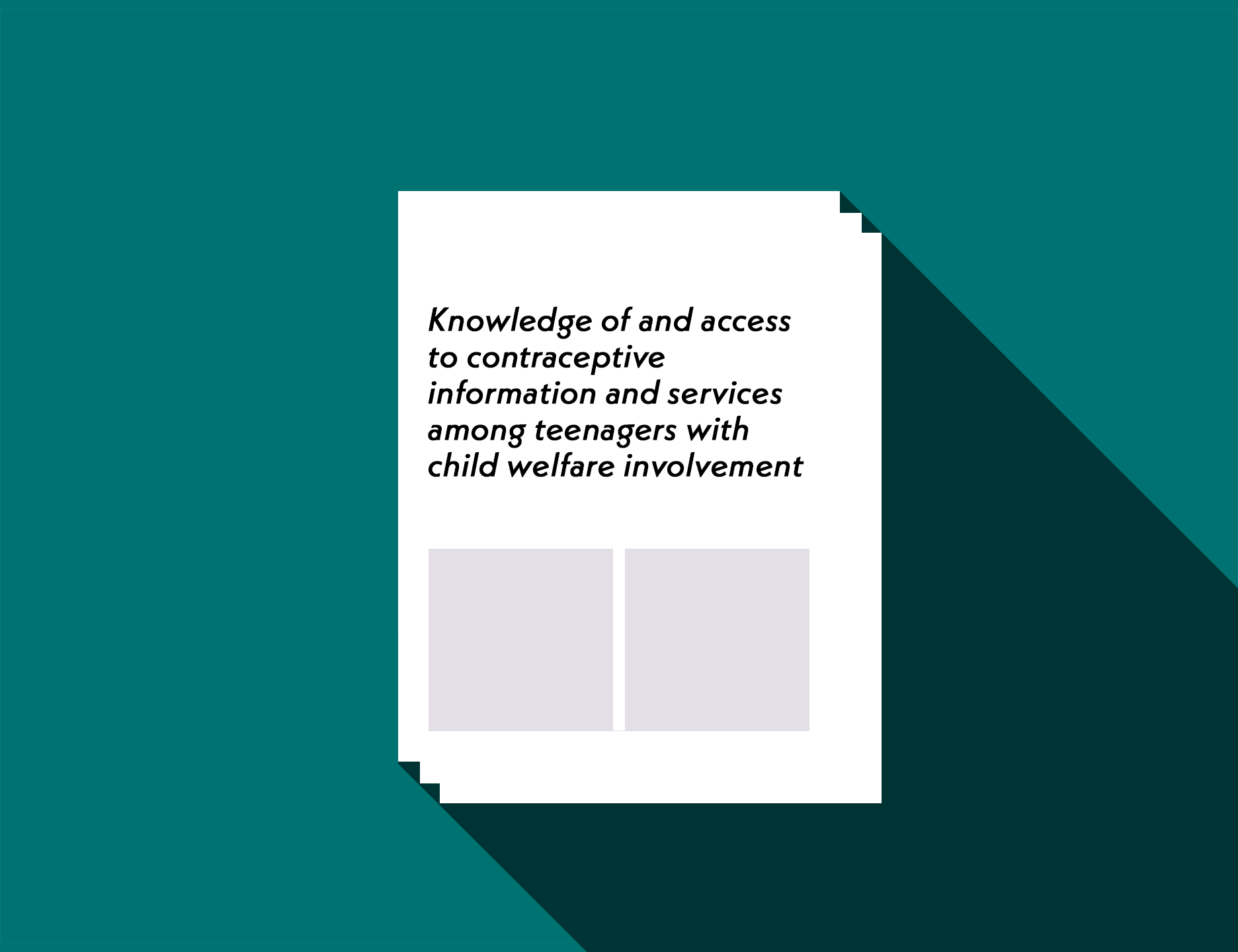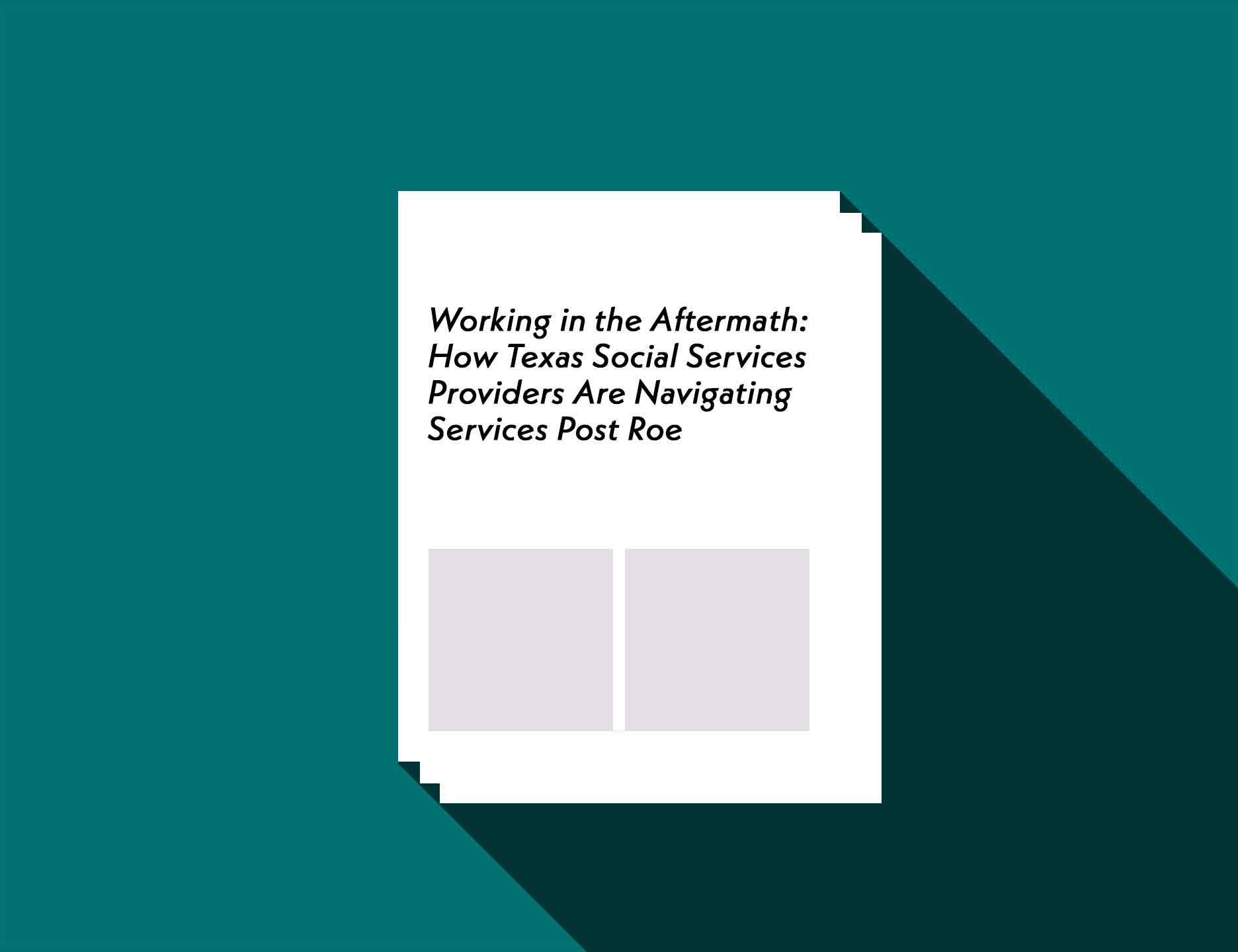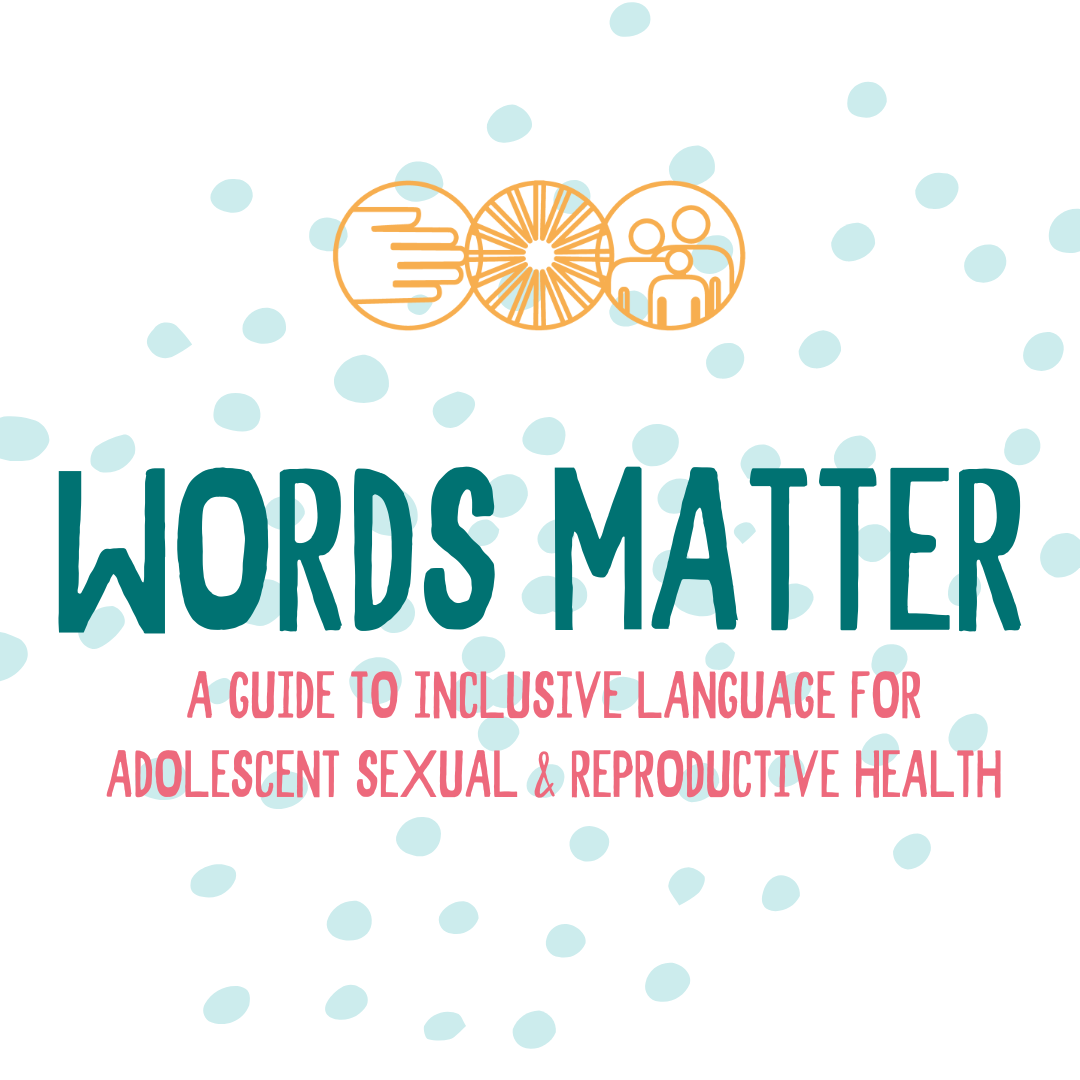
Sexual Identity Glossary
2024
This handout identifies terms related to gender and sexual identity. Sexual identity is typically a combination of someone’s: sex, gender identity, gender expression, sexual orientation, and sexual behavior. When packaged together, we get a sense of our sexual selves—our identity. All people have a sexual identity.
A note about sexual identity: For people who haven’t given these concepts much thought, this can feel like a lot to take in. It’s not uncommon for cisgender, straight people to have taken many of these concepts for granted. They simply haven’t had to think about them because they might naturally identify with the most culturally dominant identities.
Want more info on sexual identity? Check out Sex Ed 101 for Educators, our free elearning resource!
Contributing Staff
Sexual Identity Glossary
AFAB: An acronym that means assigned female at birth.
Agender: Someone who feels they do not have a gender.
AMAB: An acronym that means assigned male at birth.
Aromantic: Someone who does not feel romantic attraction or desire. They may or may not have sexual feelings for other people.
Asexual: Someone who does not feel sexual attraction or desire toward other people. They may or may not have romantic feelings for other people.
Behavior (sexual): What someone does sexually alone or with someone else.
Bisexual: Anyone who is attracted to and pursues relationships with people across genders. Some people assume that bisexual people are attracted to either men or women. However, they can be attracted to more than two genders, and they don’t have to be attracted to different genders in equal amounts.
Cisgender, cis-: Someone whose gender-assigned-at-birth matches their gender identity (e.g., AMAB and identifies as a man; this person may be referred to as a cisman).
Coming out: When someone shares an aspect of their sexual identity with someone or with a group.
Gay: Men who are attracted to and pursue relationships with other men. (Sometimes people use gay to refer to any same-sex relationship.)
Gender: Traditionally refers to socially constructed roles, behaviors, activities, and attributes that are created by society and generally assigned to boys, men, girls, and women. However, gender is also a much more expansive concept that can refer to the roles people take on that go beyond the binary of man/woman or boy/girl.
Gender expression: How you show gender.
Gender identity: How people innately feel about gender as it applies to themselves.
Genderqueer, gender non-conforming: Someone whose gender doesn’t align entirely with typical gender roles/identities or whose identity might shift from time to time.
Intersex: A general term for a variety of conditions where a person is born with reproductive or sexual anatomy that doesn’t fit typical definitions of male or female.
Lesbian: Women who are attracted to and pursue relationships with other women.
Man: Someone who identifies with the social roles assigned to men and boys. They could be a cis-man or a transman.
Outing: Telling people about someone’s sexual identity without their permission.
Pansexual: Having attraction toward people of all genders regardless of their sex or gender identity.
Queer: Queer is a broad term. Historically, it was a slur referring to gay or gender non-conforming. The word has been reclaimed by many groups and is used to refer to anyone who is not straight and/or cisgender.
Sex: The combination of physiological attributes, such as chromosomes, hormones, and internal and external anatomy.
Sexual identity: A self-determined identity that pulls together sex, gender, gender identity and expression, sexual orientation, and behavior. All people have a sexual identity.
Sexual orientation: Who a person is attracted to and wants to have relationships with. Sexual orientation combines three elements: attraction, identity, and behavior.
Straight/heterosexual: People who are cisgender and attracted to and pursue relationships with people of the “opposite” sex. Opposite sex is an outdated term since there is no true binary, but it is meant here to refer to men who pursue relationships with women and vice versa.
Transgender, trans-: Someone whose gender-assigned-at-birth is different than their gender identity. They might identify as a transman, transwoman, or simply as trans. The word “transsexual” is not commonly used, and we suggest avoiding it unless someone uses it to describe themselves.
Two-Spirit: Traditionally, Native American two-spirit people were male, female, and sometimes intersexed individuals who combined activities of both men and women with traits unique to their status as two-spirit people. In most tribes, they were considered neither men nor women; they occupied a distinct, alternative gender status (Indian Health Service).
Woman: Someone who identifies with the social roles assigned to women and girls. They could be a cis-woman or a transwoman.








